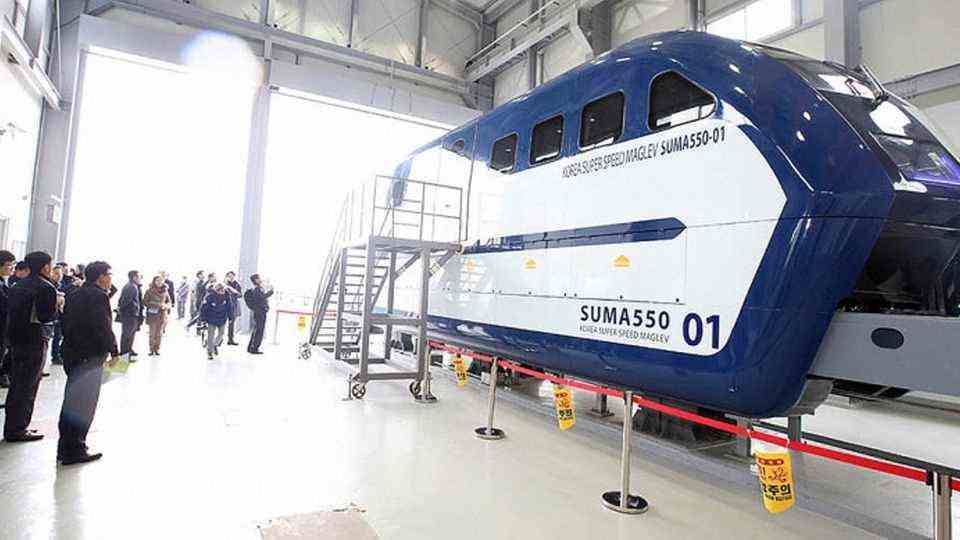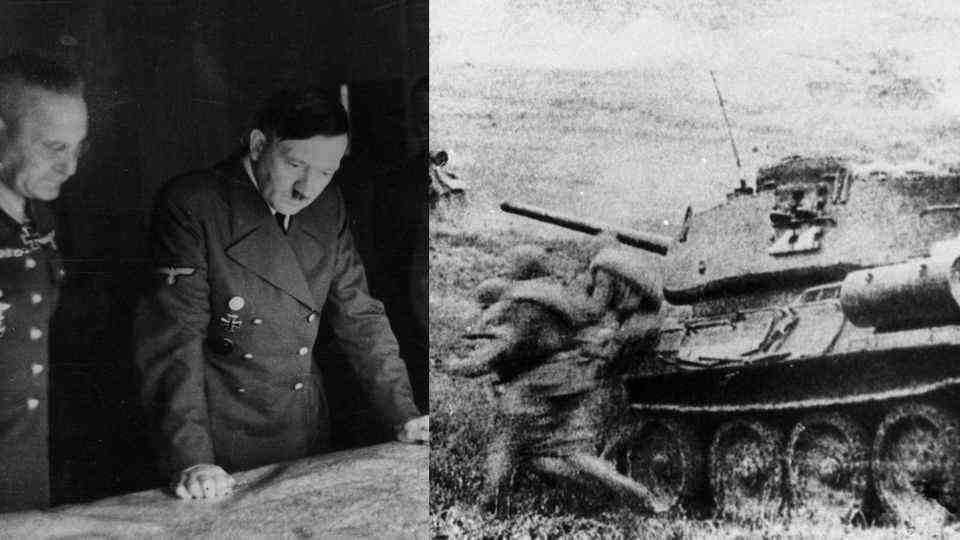Rail transport
Broad gauge railway – with these monster trains Hitler wanted to open up his empire
A recent video animates Hitler’s monster train.
© Found And Explained / Youtube
The main thing is gigantic – with this idea Hitler pushed the plan for an oversized railroad. The super trains should open up his world empire.
It is widely known that Hitler raved about anything gigantic in size. Even in the last days of the Third Reich, he and his architect were indulging in joint plans for the new Reich capital. Everyone also knows his weakness for highways, far less known are his plans for a new Reichseisenbahn, the so-called broad-gauge railway.
It was supposed to connect the Reich and the newly “ordered” Europe – so the Nazi term – with one another. The railroad wasn’t really anything special, it was just insanely big. In cross-section, a wagon had the format of a single-family house. So you could accommodate halls in the train or you could plan several floors. Of course, the connection with the general megalomania of the Nazi era cannot be overlooked, but it was only because of its size that a train could offer the luxury and possibilities of an ocean liner.
Three meters wide
The three-meter-wide broad-gauge railway would have had huge, double-decker trains that should race through the Reich at more than 200 km / h. That was one of the main mistakes of the giant railway. On the long routes on which the monster train would have made sense, even then the airplane would have been a competitor. Air traffic across the Atlantic ended the era of shipping lines in the 1950s, and so would Hitler’s super railway if it had ever been built.
The planning for the broad gauge railway continued throughout the war. The plans were rediscovered in the late 1980s. Inside, the runway was luxuriously laid out across all classes, and space was wasted. Around four times as much space was planned as usual for each passenger. One could mockingly say that in the end hardly more people would have reached their destination with the giant train than with a conventional one. But they could have used a reading room, a bar, the restaurant and a cinema – everything planned in the spirit of the times with thick curtains and large armchairs. The restaurant should compete with luxury hotels and be able to cater to 130 guests at a time. The ceiling in the dining room was three meters high and the cinema was designed for 196 visitors. The integrated video “The Insane Giant Nazi Railway – The Breitspurbahn” animates the planning at the time.
Place for Blondi
Even another quirk of Hitler’s was taken into account in the planning: Dogs could also travel in their own compartments. This detail reveals more about the project than any other. 200 officials of the Reichsbahn worked on the broad gauge railway. For them, the pipe dream was vital, because it gave them a comfortable job at home – far away from any front-line deployment. Many of the projects of the Third Reich were so ambitious that they could hardly have been realized. They often owe their continuation to the motivation to avoid the war effort.
In this respect, it is hardly surprising that the planners rushed into the detailed work, but hardly touched on practical issues. The width of the track and its height would not have been manageable with the chassis of the time, it was only with the later tilting train technology that such a train could have been sent in a curve. It should also make you think that such a project was never realized on a large scale later.
Fast rail connections would have made sense in Hitler’s empire, but not the additional expense for the short grain. Not only trains but also stations, bridges and tunnels would have had to be completely rebuilt. Hitler dreamed of a huge empire, but it would not have had a population of billions. It is questionable whether these monster trains would have been filled with regular traffic. It would probably have been far wiser to increase the frequency of normal trains and to add more tracks to heavily traveled routes.




